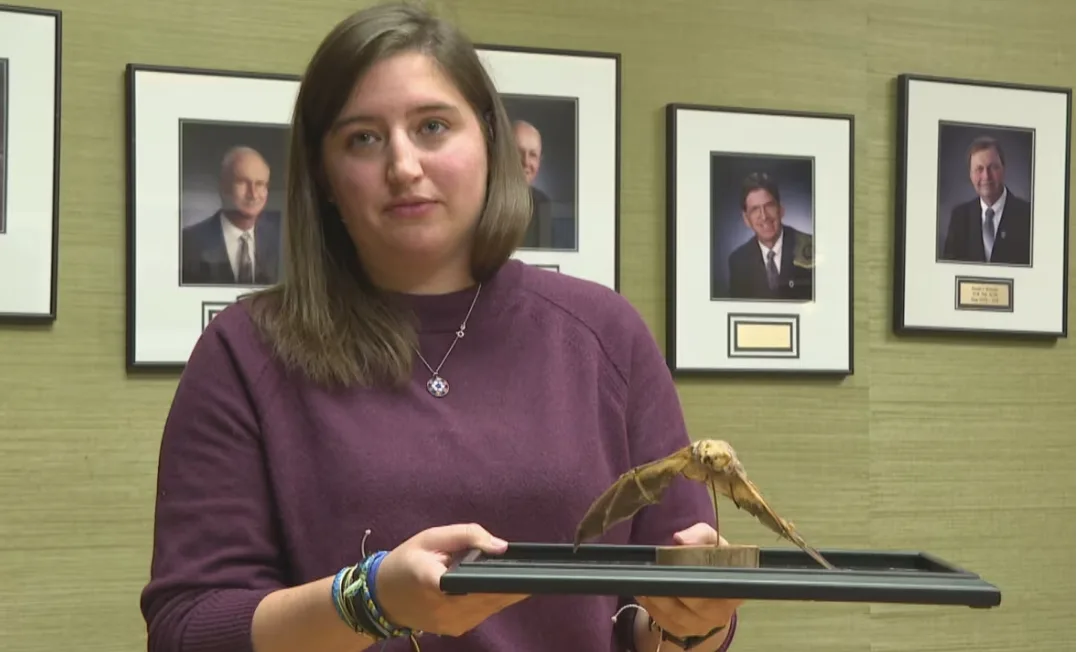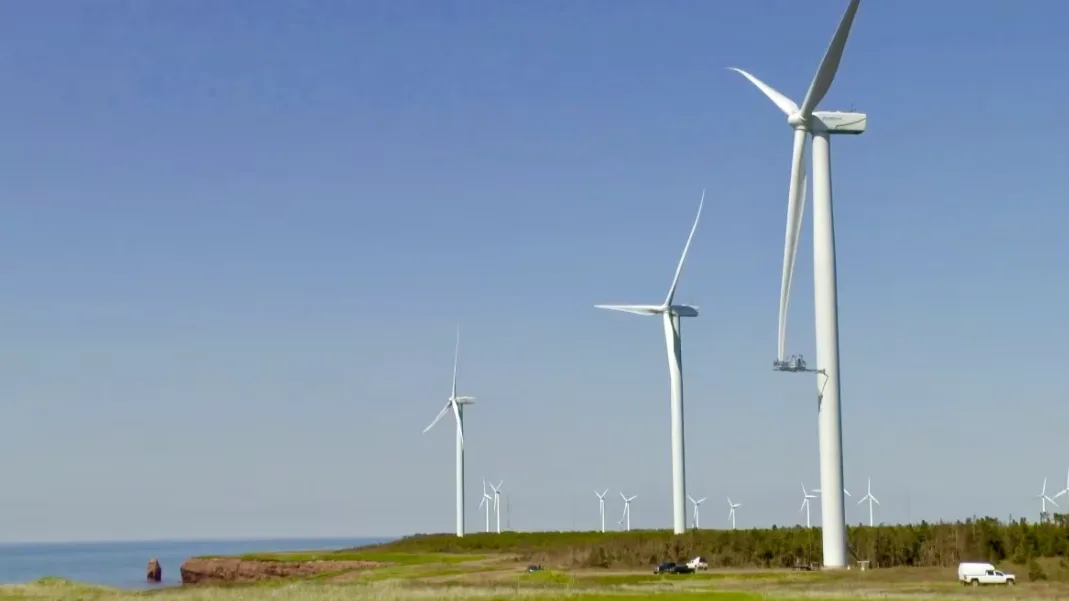
Researchers raise concerns about health of P.E.I. bat populations
Researchers are raising concerns about Prince Edward Island's already reduced bat populations.
The number of bats on P.E.I. has dropped drastically in the last decade, and there is little indication that they will recover.
There are four different species of bats on the Island. Two of them migrate south for the winter, while the others hibernate here — or at least, they're supposed to.
Darrian Washinger, the Atlantic bat conservation project technician with the Canadian Wildlife Health Cooperative, said there is a fungus pushing bats out of hibernation.
SEE ALSO: Animals are shrinking, researchers say: That could affect the boreal forest
"White-nose syndrome is caused by a fungus that gets into the cave systems and can kill up to 95 to 99 per cent of the bats there," Washinger said.
"We've seen these huge collapses in the populations of both the northern myotis and the little brown myotis."
Little brown myotis, or little brown bats, and northern myotis, also known as northern long-eared bats, contract white-nose syndrome when fungus in their hibernation area causes them to wake up, burn energy, and go out into the cold looking for food. They quickly die from exposure.
Then, it's likely a slow road to recovery for the overall population.
"Once they're gone, they have to come back naturally. There's not really anything we can do on our end to bring them back, other than support healthy habitats," Washinger said.
She also said some researchers are worried about regional extirpation, which basically means the hibernating bats won't be found in the region anymore.
As insectivores, P.E.I.'s bats play a vital role in the food chain.

Darrian Washinger says juvenile bats that were born this year have a 40 per cent chance of surviving at best. (Sheehan Desjardins/CBC)
"They eat insects, and I know a lot of people are not happy about mosquitoes, and a great thing to keep the mosquito population down are bats," Washinger said.
In addition to retaining tracts of forests, not cutting down dead standing trees with cavities and putting up bat boxes, Islanders can also call a toll-free number to report bat sightings. There's particular interest in winter sightings of bats, as those often indicates the presence of white-nose syndrome.
Finding wells for bats
The P.E.I. Watershed Alliance has been out looking for abandoned wells because hibernating bats sometimes use them as an alternative to caves.
Rebecca Ramos, equipment manager and monitoring specialist with the watershed alliance, said having more places to hibernate means bats are less likely to contract white-nose syndrome.
"The more places that they have to go, the less likely they are all going to get hit with this kind of disease all at once. It kind of mitigates the spread of the disease," she said.
Most of the wells alliance researchers have found are suitable for bats. Older dry wells made of just stone mimic bats' natural habitats, while ones that are lined with metal or still contain water are not suitable.
Some of the wells have been protected by putting cages over them, which keeps out humans and other animals, but still allows bats to come and go.
Ramos said anyone who uncovers a well on their property, and is unsure if it hosts hibernating bats, can call the watershed alliance.

Experts across North America expect hoary bat populations to decrease by 50 per cent in the next 15 years because of an exponential increase in wind turbines, according to Darrian Washinger. (Pat Martel/CBC)
"We can come out with the monitors and just check to see if there's anything around, particularly those hibernating species."
The best time to do that is September or October, she said, since that is when bats would be searching for a hibernation site.
"It's hard to fit into them yourself, it's quite dangerous, so we've been setting up the acoustic monitors — one by the well, one 100 or 200 metres away — and just see what the activity is like."
Windmills and bats
Migrating bats face a different challenge, because windmills are often built on the same routes they use for migration, said Washinger.
P.E.I.'s two migrating bat species are the eastern red bat and the hoary bat.
Washinger pointed to a "state of the bats" report from experts across North America that came out recently.
ALSO READ: Charlottetown experiments with mini forests to speed up growth
"They expect that the hoary bat may decrease by 50 per cent in the next 15 years, because we're seeing an exponential increase in wind turbines, and not much is being done in terms of mitigation."
She said the bat population will not recover overnight from all the challenges to its existence.
"It's going to be a long road to recovery. We lost… 90 per cent of our bats, and they can only give birth to one pup a year," she said.
"Juveniles that were born this year have a maximum 40 per cent chance of surviving."
Thumbnail image courtesy of Cory Olson/WCS Canada via CBC News.
This article, written by George Melitides, was originally published for CBC News, with files from Sheehan Desjardins.









